The fact that I had made it this far down the canyon, wading and sometimes swimming in the river’s cold waters, was something of a miracle to me. As I stood next to the waterfall, the deafening sound of the river cascading into the pool below, our guide Hiro-san switched on the GoPro and motioned for me to make one last jump into the water 4 meters below. This was not the Shikoku I was expecting when I arrived a few days earlier.

Even among the Japanese living on Japan’s three other main islands, Shikoku is regarded as an untamed land. It is important to remember that Shikoku was not connected by road to Honshu, Japan’s largest island, until 1988. Before that, it was accessible mainly by ferry and sometimes airplane, neither of which afforded many opportunities for visitors who wanted to explore the island’s interior. It is also historically known as the final battlefield of the Genpei War, where defeated Taira forces retreated into the impenetrable Iya Valley to avoid slaughter from the advancing Minamoto army. Such stories of Shikoku’s mysterious interior only strengthened the legend of the island’s wilderness.
So it should be no surprise that Shikoku is a magnet for those who spend their lives in pursuit of adventure, and the wilderness of Shikoku’s interior is exactly the place where adventure travel opportunities can be found. As I explored Shikoku with my new friends Julien and Tetsuya, we tried three of Shikoku’s experiences for the adventurous: pack rafting, canyoning, and traversing an ancient suspension bridge.
Pack Rafting in the Yoshino River Rapids
The Yoshino River is one of Japan’s two main rivers for whitewater rafting and has played host to the World Rafting Championships. The Oboke and Koboke gorges in Tokushima Prefecture are where the best whitewater areas are concentrated, and this was our destination with Go Go Adventure and our guide Hiroki Nishisaka.
A pack raft is a small one-person inflatable raft that is lightweight and easily carried outside the water. In the water, it resembles a kayak and is steered and propelled using the same type of paddle. Hiroki-san had all of the equipment prepared and tended to by a staff member while he provided wetsuits, helmets, flotation devices, and a GoPro for us before we drove 30 minutes from Go Go Adventure to our launch point at Oboke Gorge.
None of us had any experience in whitewater rafting, let alone solo in a pack raft, so Hiroki-san’s English-speaking staff member gave us a quick lesson in technique and safety before we started our journey down the gorge. The lesson included what to do if your raft flips over in the rapids, and he was very thorough with the details to make sure we stayed safe. I wondered aloud how often people flip their rafts in the rapids, to which our guide smiled and admitted, “It happens sometimes.”
The part of the gorge we were traversing took us through three short whitewater rapids, each more difficult than the last. These rapids were separated by sections of calm river where we could enjoy the majestic views of the gorge and surrounding forests.

Okay, I admit it. I flipped my raft on the first and easiest section of whitewater. But it wasn’t traumatic in the least, and I popped right up and was able to grab my raft and get to a calm section on the side of the river to get back in. It did make me a bit wary of the second set of rapids, but our guide assured me that if I followed him, I would make it through safely. Steering through the rapids was a challenge, but indeed, following his lead, we made it safely through the medium difficulty section.
The final section was a bit trickier, so we decided to scout the rapids before making a run at it. Pulling into a peaceful cove before the whitewater, we walked over a rocky section of the river until we could see rapids. At this point, my logical self hoisted the white flag and admitted I was too scared to attempt it. But, no worries; Hiroki-san put on my gear and rode my pack raft through the rapids on my behalf. Downstream on the now peaceful river, I enjoyed a leisurely paddle to our final destination, where our guide pulled the rafts from the water, and we returned to base to shower and dry off.
Due to time constraints, we took an abbreviated tour of the gorge, but most people will take the 3-hour tour, which covers more distance (and I assume has more chances for whitewater adventure). Safety-wise, with at least one additional staff member attending to the group and Hiroki-san in a larger raft escorting us, we never felt any danger, despite our lack of experience.
Rafting is available year-round, but obviously, it’s more pleasant in the warmer months when the fresh cool water of the Yoshino River is perfect for refreshing you. When the weather or water is cold, wet suits are provided to keep you warm. The scenery of the gorge is impressive in spring and autumn when the seasonal foliage such as cherry blossoms and fall colors are breathtaking.
Momonga Village: Cheap and Comfortable Accommodations Near Oboke Gorge
Base camp for Go Go Adventure is Momonga Village, where we conveniently spent the night before. Momonga Village is not just a relative bargain at 2,500 yen for a dormitory-style room and 3,000 yen for a private room; it is also a foreigner-friendly accommodation in that communication and information are readily available in English.

There are five private rooms available in sizes that can accommodate 2 to 8 people, plus two dormitory-style rooms. There are common individual showers and toilets available and amenities like a washing machine and a full kitchen. The closest convenience store isn’t really very close at all, so when you make reservations, you might want to make some requests for food, and the staff will do their best to accommodate you. When we stayed overnight, the staff procured enough meat and vegetables for a BBQ feast on the balcony.
As it is a guesthouse, Momonga is generally a great place to meet new friends, both visitors to Japan and locals living in the area. Before COVID was an issue, it was common for locals to join guests for evenings of food, drink, and conversation; hopefully, this tradition continues as travel begins to normalize.
As I mentioned, if you are doing an activity like rafting with Go Go Adventure, Momonga Village is the perfect location to stay. All the rafting equipment is stored on-site, so you can get an early start on your day without leaving the guesthouse.
Canyoning in Nakatsu Gorge
Southwest of Oboke in a much narrower gorge in Kochi Prefecture (高知県), I was forced to contend with my past fears in a way I had not expected. Nakatsu Gorge was carved into the earth by the Nakatsu River, one of the feeder rivers for the larger Niyodo River, known as one of the purest waters in all of Japan. The waters of Niyodo and its feeder streams is so pure, it often presents as various hues of blue and green, known collectively in these parts as “Niyodo Blue.” You can see the color of the water from many places hiking along the riverside. But the best view of Niyodo Blue is from in the water itself.

That’s where Niyodo Adventure comes in. Experienced canyoning guide Norihiro Kanzawa (whom we call Hiro-san) leads small groups of adventurers deep into the gorge and through the river itself as they make their way downstream. The gorge walls are quite high and steep, 15 to 20 meters in most places, so there are few places where you can enter and exit the gorge safely. A fact I should have listened more carefully to when we entered the gorge, clad in enough fleece, wetsuit, flotation, and climbing gear that I was sure it could stop a bullet.
During the canyoning, Hiro-san led us safely through areas that required some wading, swimming, crawling, and even a bit of rappelling. As an experienced climber with a cheerful and encouraging disposition, it was easy to put our trust in Hiro’s instructions and safely make it through, over, and around each obstacle.
Unlike the large Yoshino River, where we had done pack rafting in, the small feeder streams descending from the mountains are quite cold. Thus, although it was early autumn, we were wearing a layer of fleece between our skin and wetsuit as an extra layer of insulation. Even with the additional cold protection, you still felt the bite of the water when you were immersed in it. And here I was perched atop a large boulder, being asked to jump in.
Due to an unfortunate accident when I was young, I’ve been plagued most of my life with a fear of heights, particularly a fear of jumping down from a high place. But it was here that Hiro-san reminded me there was nothing to be afraid of and no turning back. I had to face my fears and jump into the water or face the humiliation of having a rescue team come and pull me out. I wrestled with my fears for what seemed like hours, then finally, I just closed my eyes and took the plunge.
I have to admit it was exhilarating to finally overcome a phobia that has paralyzed me for years, even if only this one time. But because there were several more places I needed to jump from downstream, getting the first one out of the way made each consecutive jump easier. When we reached the final jump, standing beside the waterfall, and with barely a hesitation, I sprang from the rock into the pool of cold water below, caught on video with Hiro’s GoPro. Mission accomplished.
Yu no Mori: Luxurious Ryokan near Nakatsu Gorge
Just a few minutes down the road from Niyodo Adventure headquarters, the elegant Yu no Mori ryokan sits right alongside the gorge. Each of its spacious Japanese-style rooms overlooks the river with a sitting room that you might be tempted never to leave.

But you’ll at least need to visit the restaurant, which serves a variety of options for dinner, including a 15-course kaiseki meal featuring local seasonal ingredients from Kochi and other parts of Shikoku.
Also worth visiting is Yu no Mori’s onsen hot springs, featuring an indoor bath and outdoor rotenburo, one pair for each gender. Whether you’ve had a long day of canyoning, hiking, or need to unwind, there’s nothing quite as perfect as relaxing in the peaceful mountains in the hot soothing water of an onsen bath.
Unless you can enjoy your bath under thousands of visible stars. This deep in the mountains of Kochi, there is practically no light pollution, so under the right conditions, the Milky Way and other distant galaxies may be visible to you in the clear night air.

Hanging Out on the Iya Kazurabashi Vine Bridge
A visit to this part of Shikoku would not be complete without experiencing one of its most famous landmarks. The Iya Kazurabashi Vine Bridge is one of the few remaining vine bridges said to have been constructed over 800 years ago as an escape method for the remnants of the Taira army by the pursuing Minamoto. It is a beautiful bridge from afar at 45 meters long and suspended 14 meters above the riverbed. However, up close, at least for someone with acrophobia like me, it is terrifying.

After paying the 550 yen fee, you can traverse the bridge in one direction; returning to the side you started on is done using a normal bridge that supports vehicle and pedestrian traffic. To be honest, I don’t know why anyone would want to subject themselves to the torture of crossing the bridge in both directions anyway. There is more space between the boards making up the bridge than the boards themselves, and I found myself wondering how many smartphones had fallen through the bridge and into the river below over its lifetime as a tourist attraction. I slowly inched my way across the bridge, clinging to the side, pausing only for the obligatory “I survived Iya Kazurabashi” selfie halfway across.
The “dirty little secret” of the modern bridge is that concealed under the vines are steel cables, making the experience much safer than it actually appears. In fact, the bridge is completely rebuilt every three years, so as long as you keep a good grip on your phone, unfortunate accidents are highly unlikely.
How To Access Shikoku
Seeking adventure travel opportunities in Shikoku was just one of the many things I did during my visit. Experiencing traditional arts and crafts, visiting the islands of the Inland Sea, and visiting some incredible natural and manmade landmarks of Kochi Prefecture left me hungry to return to Shikoku for a walk on Japan’s wild side. There is easy access by air, train, and car to its major cities, and with the help of smartphone navigation, you can get anywhere on the island you want to go. There are affordable flights from Haneda Airport to many major cities in Shikoku: Tokushima, Takamatsu (Kagawa), Matsuyama (Ehime), and Kochi. Using your JR Rail Pass, you can transfer from the Shinkansen at Okayama Station to one of several Shikoku-bound trains. Take advantage of the fact that Shikoku is still relatively untraveled compared to the rest of Japan and experience what few have done before in Shikoku.
Sponsored by Shikoku District Transport Bureau

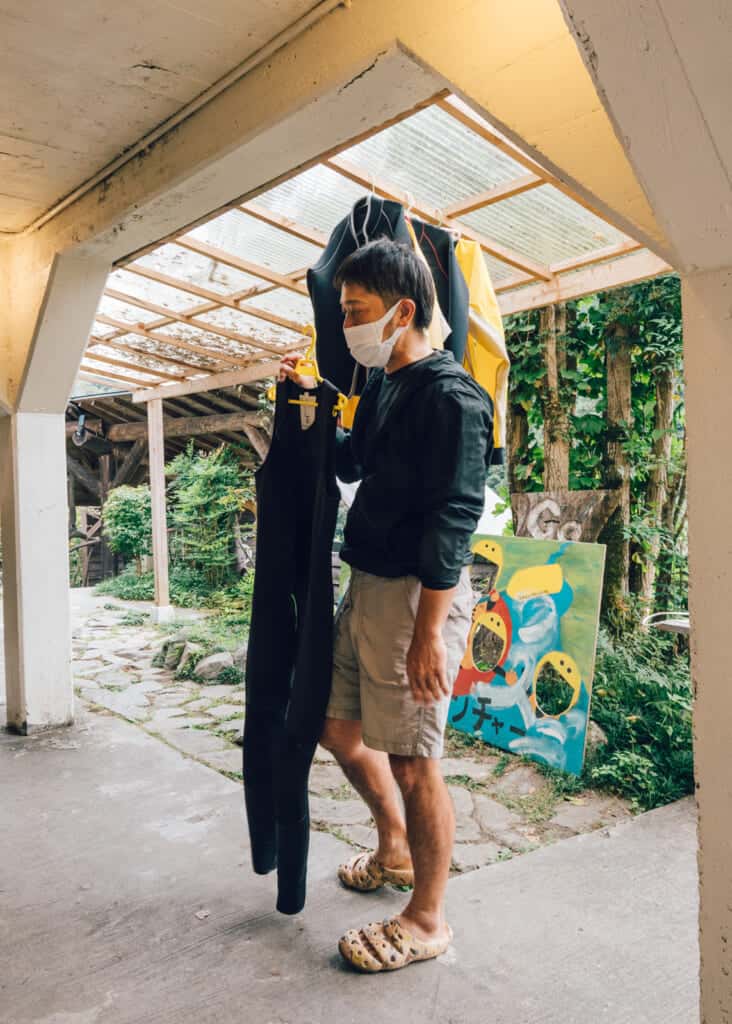





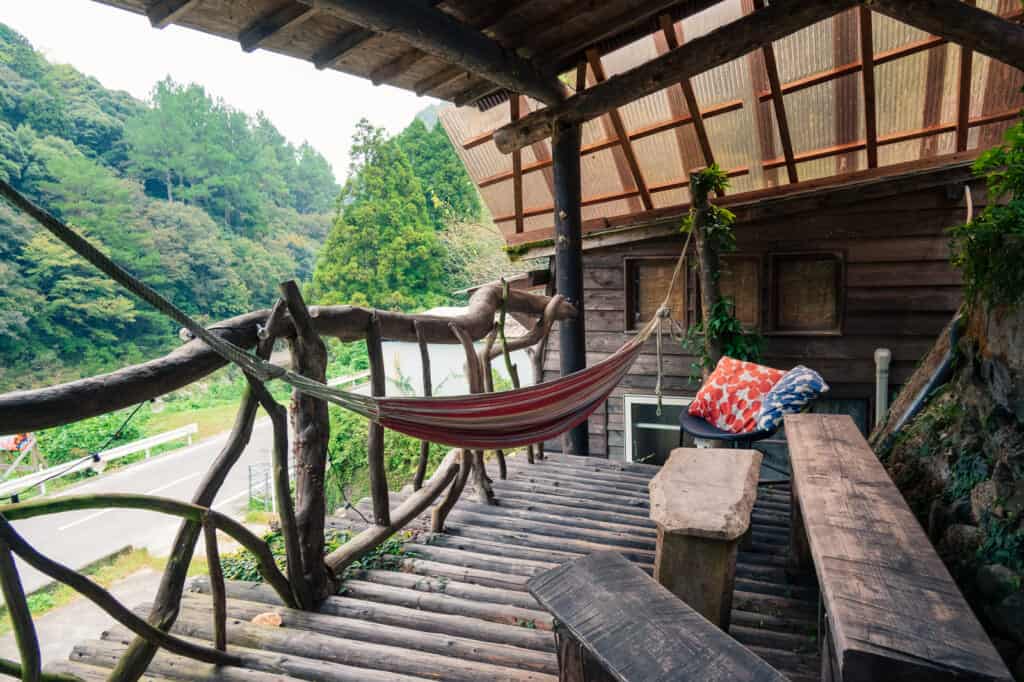









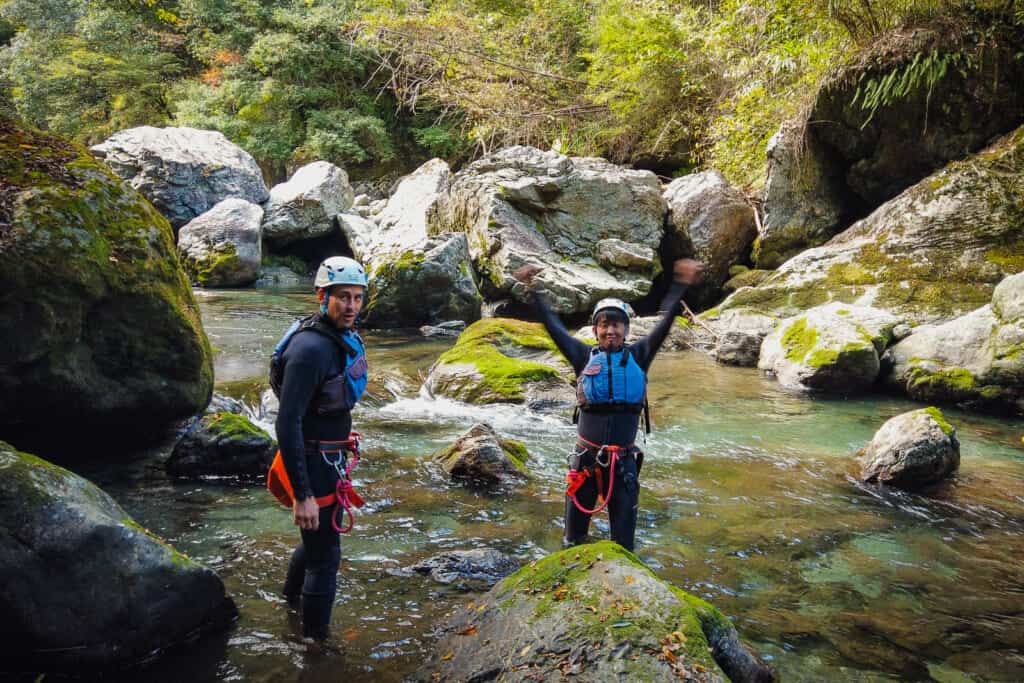




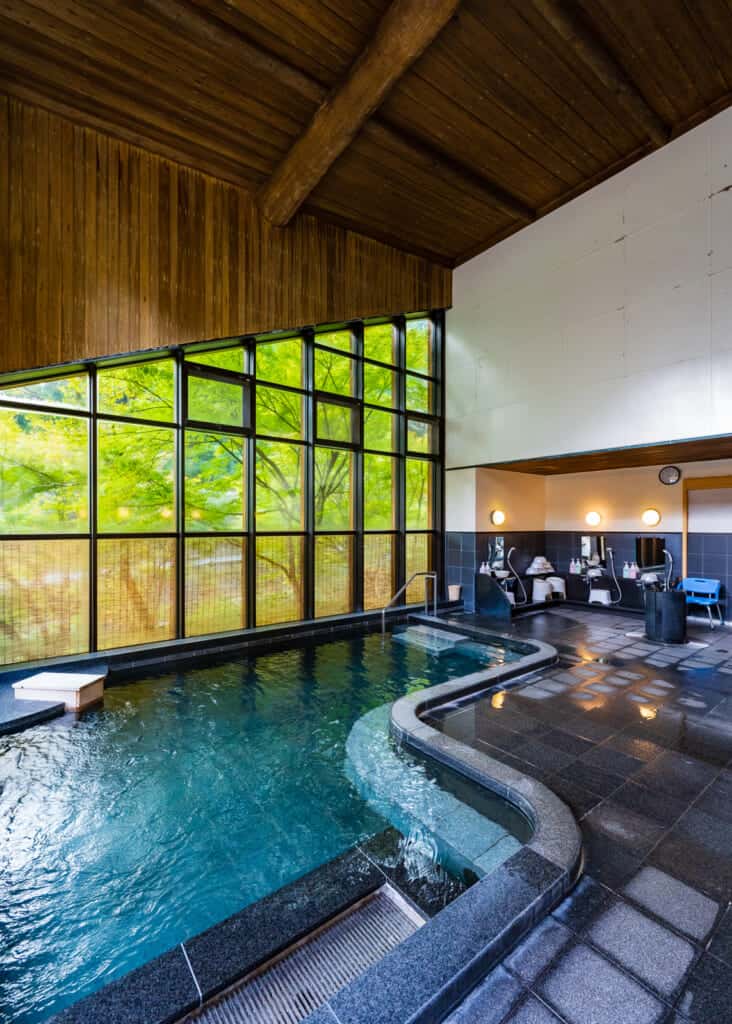

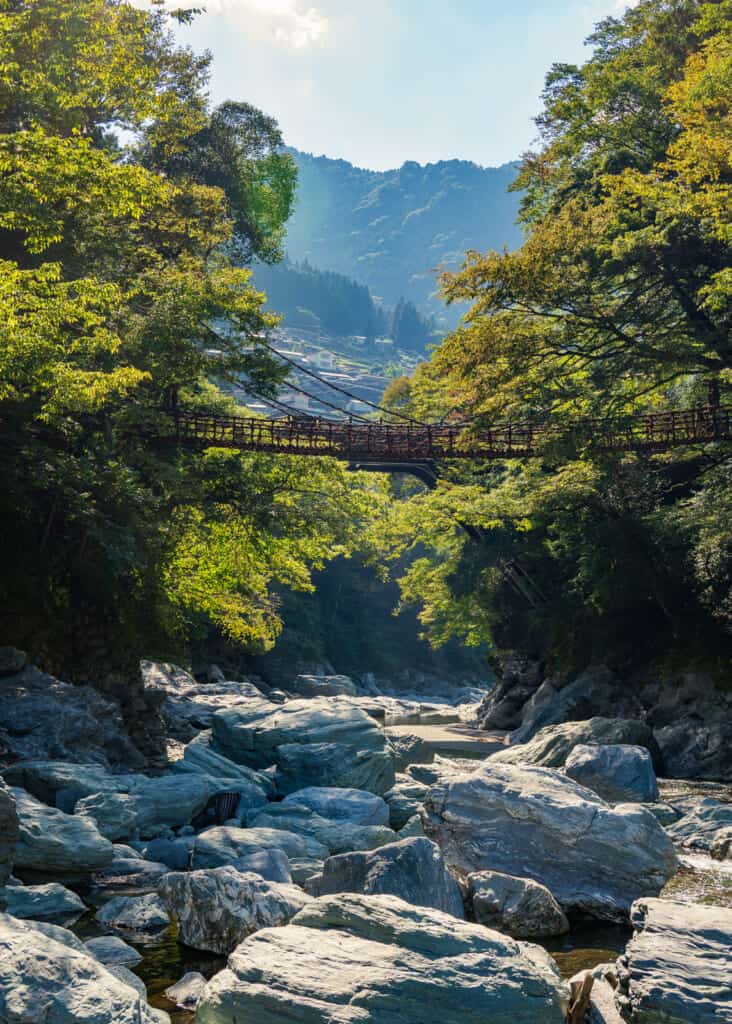






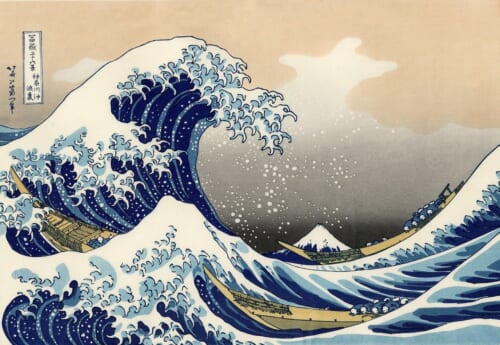



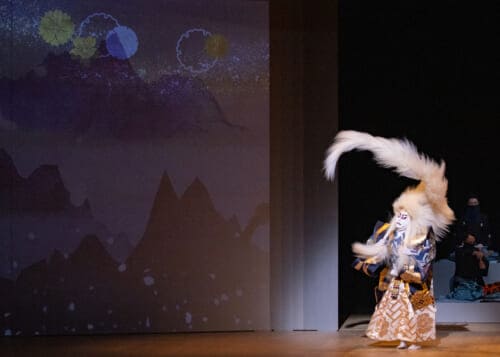



No Comments yet!